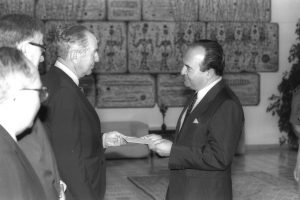This week in Israeli history: Feb. 24-March 2
Published February 24, 2022
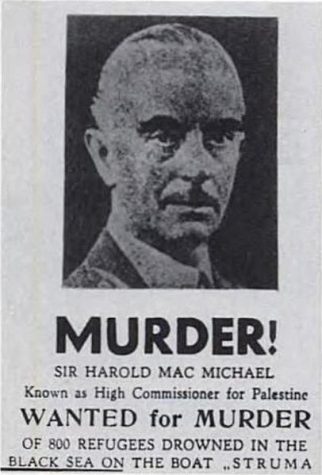
Feb. 24, 1942 — Struma Is Sunk by Soviet Sub
A Soviet submarine sinks the refugee transport SS Struma in the Black Sea in the belief that it is an enemy ship. Only one of the 769 Jewish refugees survives. The Struma, a converted cattle transport meant for 100 passengers, originated in Romania and stopped at Istanbul, where the refugees were denied visas to Palestine. After 10 weeks in port, the broken-down ship was towed to sea Feb. 23 and was sunk by a torpedo the next day.

Feb. 25, 1994 — Muslims Are Massacred in Hebron
Baruch Goldstein fatally shoots 30 Muslims worshipping at the Mosque of Abraham on the site of Hebron’s Cave of Machpelah and wounds 125 others before being beaten to death. Goldstein, a member of the radical Kach party, lives in Kiryat Arba. His attack during Ramadan and Purim sparks two days of riots. Israeli President Ezer Weizman calls the massacre “the worst thing that has happened to us in the history of Zionism.”
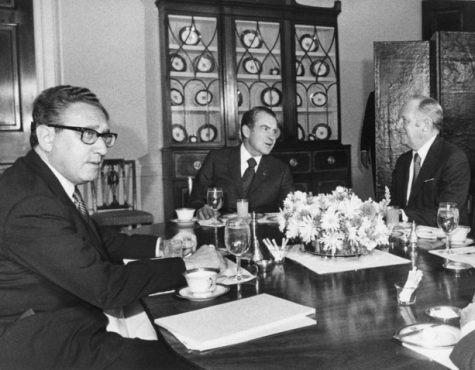
Feb. 26, 1973 — Kissinger, Egypt’s Ismail Secretly Meet
On the second day of secret meetings in Armonk, New York, Egyptian National Security Adviser Hafez Ismail tells his U.S. counterpart, Henry Kissinger, that Egypt is willing to negotiate directly with Israel through a U.S.-mediated, step-by-step process that trades territory for normalized relations — the type of incremental process that occurs to reach disengagement agreements after the Yom Kippur War in October.
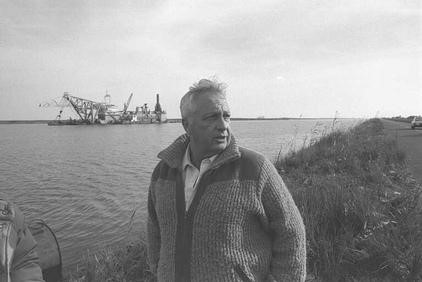
Feb. 27, 1928 — Ariel Sharon Is Born
Ariel Sharon, Israel’s 11th prime minister, is born Ariel Scheinerman in K’far Malal, near Hod Hasharon. He serves in the military from the War of Independence through the Yom Kippur War and oversees the first war in Lebanon as defense minister in 1982. He becomes prime minister as the Likud leader in 2001, disengages from Gaza in 2005, forms Kadima for the 2006 election, then suffers a stroke from which he never recovers.
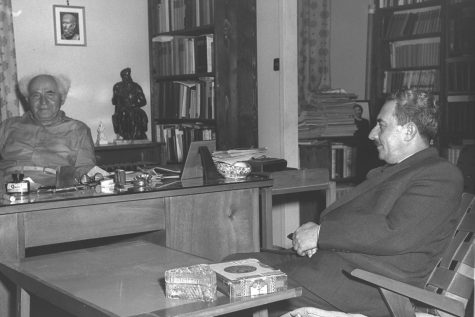
Feb. 28, 1955 — Black Arrow Raid Strikes Gaza
Approximately 50 Israeli paratroopers carry out a raid against an Egyptian military camp in Gaza as a reprisal for repeated attacks by Palestinians against Israeli civilians. Eight Israeli soldiers and 39 Egyptians are killed in the raid, called Operation Black Arrow, which is condemned by the United Nations. The raid highlights a split between the aggression of new Defense Minister David Ben-Gurion and the caution of Prime Minister Moshe Sharett.
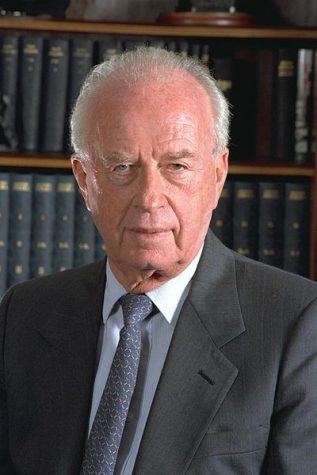
March 1, 1922 — Yitzhak Rabin Is Born
Yitzhak Rabin, Israel’s fifth prime minister and the first born in the Land of Israel, is born in Jerusalem. Rabin serves in the Palmach in the pre-state era, leads the defense of Jerusalem during the War of Independence, is the military chief of staff during the 1967 Six-Day War, spends five years as Israel’s ambassador to the United States, becomes prime minister in 1974 and signs the Oslo Accords during his second stint leading the government.
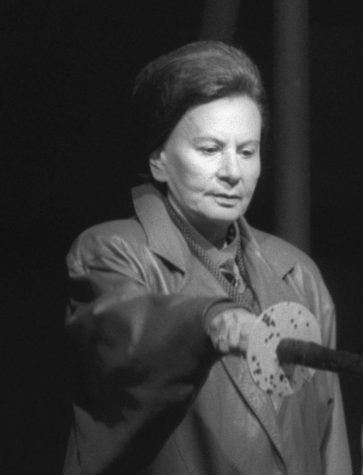
March 2, 1977 — First Woman Is Appointed to High Court
President Ephraim Katzir appoints Miriam Ben-Porat and Shimon Asher to the Supreme Court. Ben-Porat becomes the first woman to serve on the highest judicial authority of any state with a common law system. A native of what is now Belarus, she made aliyah in 1936; her parents and a brother were killed in the Holocaust. She became a lawyer in 1945 and became a judge on the Jerusalem District Court in 1958.
Items are provided by the Center for Israel Education (israeled.org), where you can find more details.






